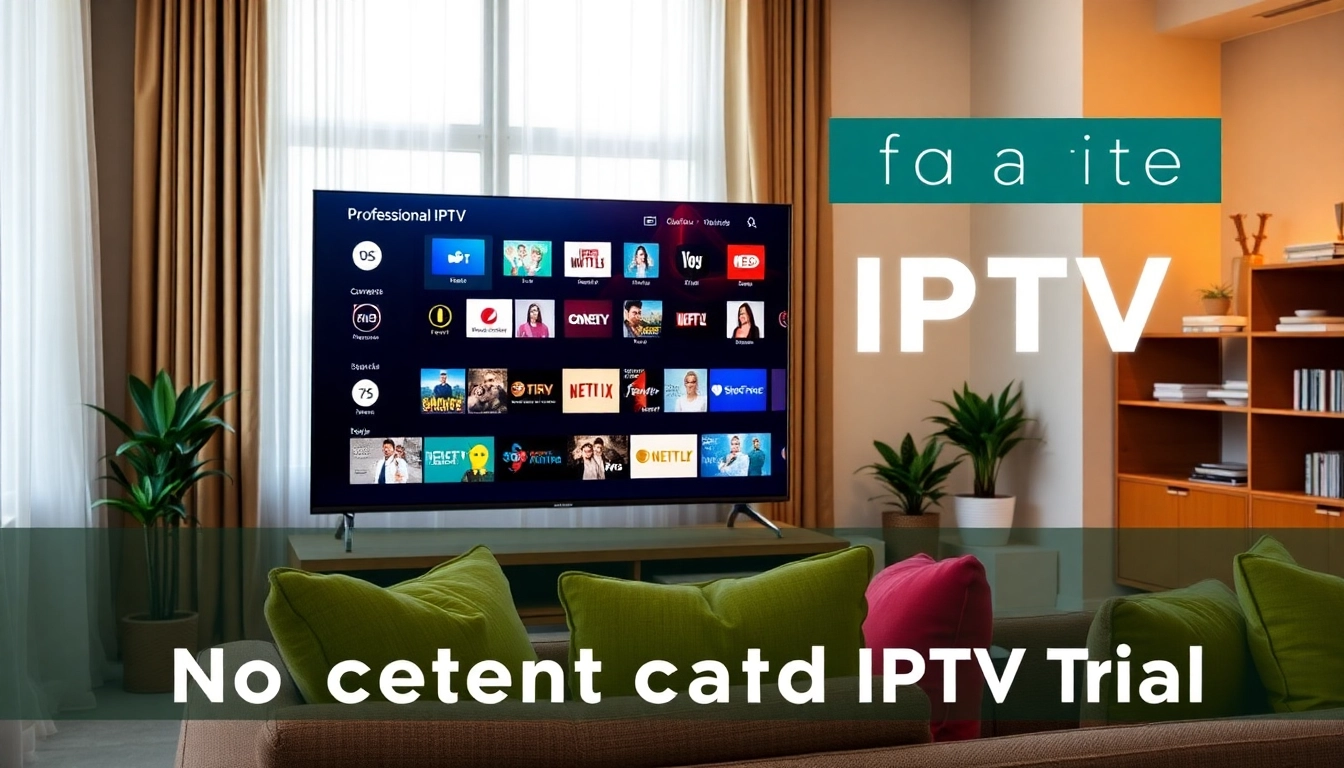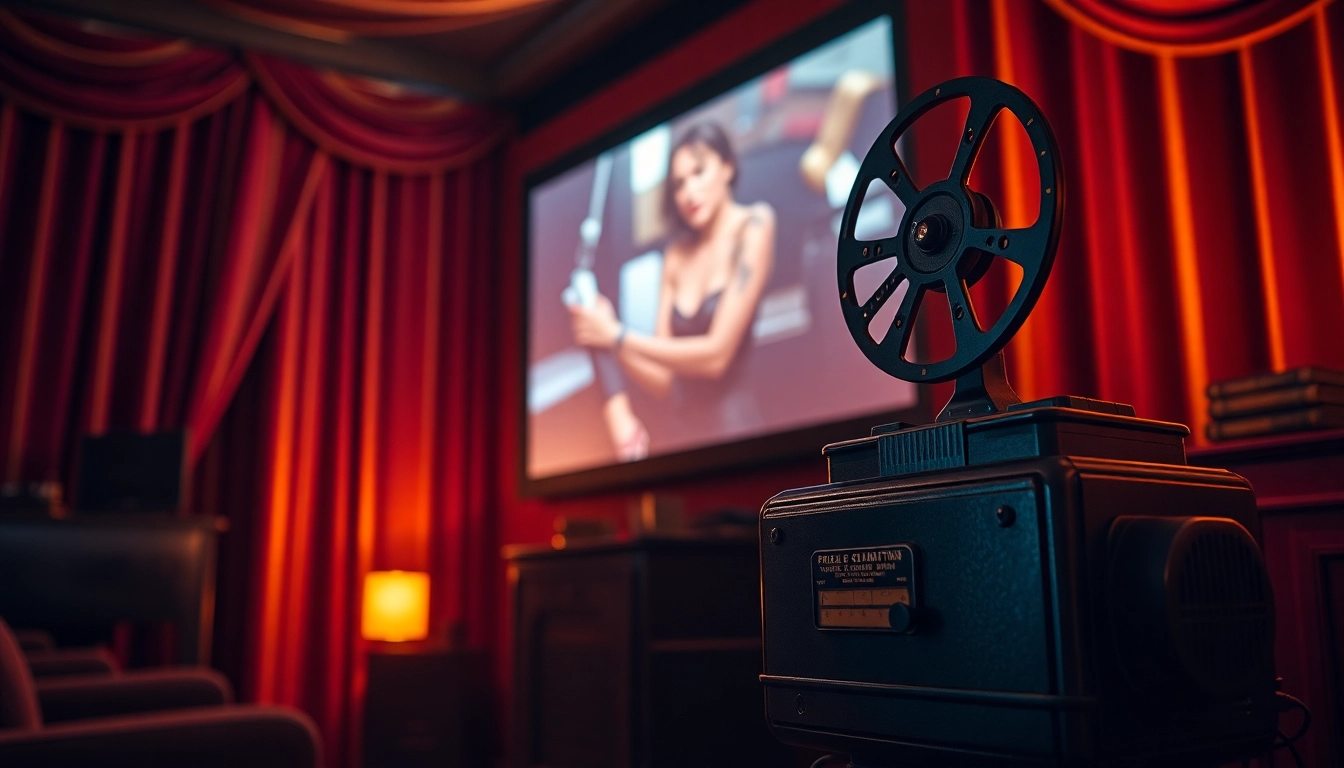Understanding Music Pitching
What is Music Pitching?
Music pitching refers to the process of promoting your music to influential individuals and platforms in the industry, such as playlist curators, music blogs, radio stations, and record labels. The goal is to gain exposure, increase your audience, and ultimately enhance your music career. In an era where digital access to music is ubiquitous, effective music pitching is crucial for musicians seeking to break through the noise and get their work recognized.
Whether you are an independent artist or a seasoned musician, understanding how to present your music compellingly can spell the difference between being overlooked and achieving significant traction. The music pitching landscape continues to evolve, underscoring the importance of adapting your strategies for maximum impact.
The Importance of Effective Music Pitching
The reality of the music industry is that it can be highly competitive. Thousands of new tracks are released daily across various platforms, making it challenging for any artist to stand out. Effective music pitching enables artists to create a narrative around their work, connecting them with potential fans and industry insiders.
By crafting a well-thought-out pitch, you not only increase your chances of getting your music placed on popular playlists or featured in influential blogs but also build meaningful relationships with curators and journalists who can advocate for your music over time. In essence, pitching is about telling your story and making it resonate with others, ultimately shaping your brand as an artist.
Key Terminology in Music Pitching
- Pitch: The act of promoting your music to industry professionals.
- Curator: An individual or entity responsible for selecting music for playlists or publications.
- Press Kit: A collection of materials that showcase your music, such as bio, photos, and media links.
- Engagement Rate: The measure of interactions music receives (likes, shares, saves) from listeners.
- Release Radar: A personalized playlist on platforms like Spotify that curates new music based on users’ listening habits.
Preparing for Your Music Pitch
Researching Your Target Audience
The first step in effective music pitching is understanding who your target audience is. Different genres have varied audiences, and identifying the right demographic will help tailor your pitch accordingly. Utilize social media platforms, streaming services, and music forums to gather insights into whom your music appeals to. Research demographics, listening habits, and preferred communication methods to align your strategy.
Developing a Compelling Pitch
Your pitch should be engaging and succinct, capturing the essence of your music and why it matters. Start with a strong hook that grabs attention, followed by a brief description of your music style, achievements, and what make you unique. Include relevant statistics or past successes to support your case, such as previous plays, engagements, or notable placements.
Consider creating a press kit that compiles all necessary information—highlighting your biography, links to your music, and visuals—as these can greatly facilitate the pitching process.
Tools and Platforms for Music Pitching
Several tools can enhance your music pitching efforts. Platforms such as SubmitHub allow you to send your music to multiple playlist curators and blogs at once. Other tools like AirGigs and GigFinesse also help manage and track your pitches. Additionally, using social media tools like Hootsuite can assist in scheduling posts and engaging with your audience effectively.
Best Practices in Music Pitching
Crafting Engaging Emails and Presentations
Your initial point of contact is crucial—ensure that your email stands out. Use a catchy subject line that reflects your style but is professional. In the email body, get to the point quickly; include all vital information while maintaining an engaging and conversational tone. Attach your press kit for additional information and ease. Utilize visuals sparingly to create an eye-catching presentation without overwhelming the reader.
Timing Your Pitch for Maximum Impact
The timing of your pitch can significantly influence its success. Research reveals that sending your music pitches should ideally occur at least seven days prior to a release date, particularly when targeting platforms like Spotify, to ensure inclusion on their crucial playlists. Be aware of industry cycles and trends, as pitching during peak periods may lead to your music being overlooked.
Following Up: When and How
Persistent but polite follow-up is key in music pitching. After your initial pitch, wait for about one to two weeks before checking in. In your follow-up message, express gratitude for their time, and simply inquire if they had a chance to listen to your music. A short, respectful reminder can keep your pitch fresh in a curator’s mind.
Common Mistakes to Avoid in Music Pitching
Overloading Information
One common mistake artists make is including too much information in their pitches. While details matter, you should aim for clarity and brevity, ensuring your main points are communicated effectively without overwhelming the recipient. Stick to essential details and create a clear narrative around your music.
Neglecting Personalization
Each pitch should be tailored to the recipient. Avoid sending generic emails to multiple contacts as this demonstrates a lack of effort and can lead to rejection. Research who you are contacting, personalize your greeting, and reference specific past work of theirs that connects with your music.
Ignoring Feedback
Feedback from industry professionals can provide invaluable insights. If a curator provides you with comments or critique, take it seriously and adjust your approach where necessary. Understanding what works and what doesn’t can enhance your future pitches significantly.
Analyzing the Success of Your Music Pitches
Setting Measurable Goals
As with any marketing strategy, setting measurable goals is crucial for evaluating the success of your music pitching efforts. Establish key performance indicators (KPIs) such as response rates, placement success, and engagement metrics post-pitch. Goals help you monitor progress and adapt your strategy as necessary.
Tracking Engagement and Response Rates
Utilize analytics tools to track how your audience engages with your music after it is pitched. Monitor streaming counts, social media shares, and followers gained as a direct response to your marketing efforts. This data provides insight into the effectiveness of your pitches and what resonates with listeners.
Iterating on Your Strategy Based on Results
Finally, the process of music pitching is iterative. Regularly analyze your results and refine your strategies accordingly. If a particular approach yields higher engagement or better placements, double down on those efforts. Conversely, identify strategies that do not deliver results and adapt or discard them.



